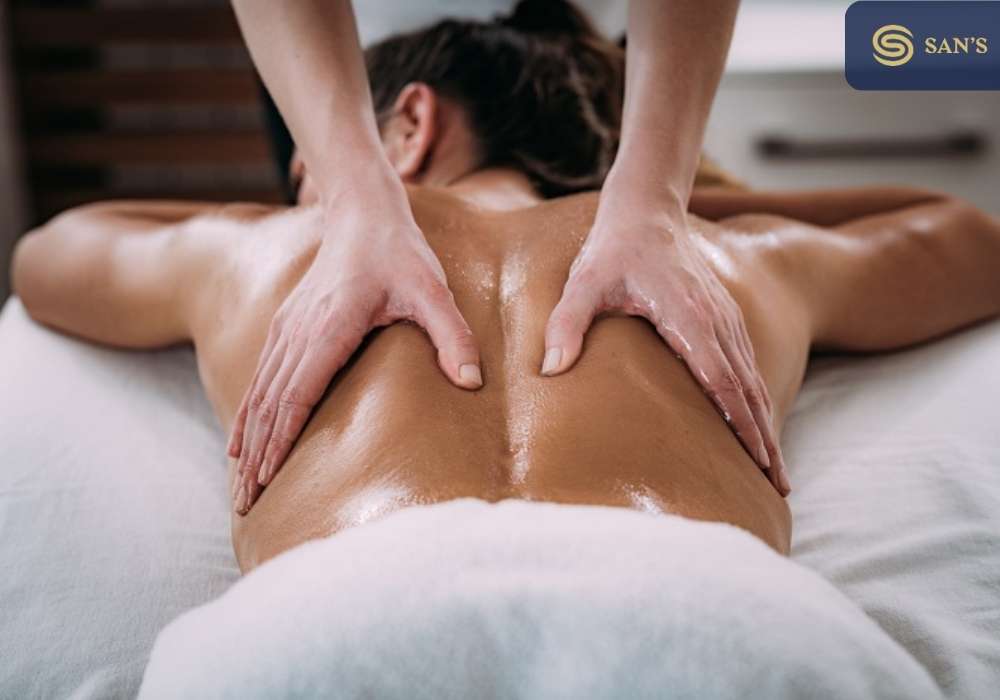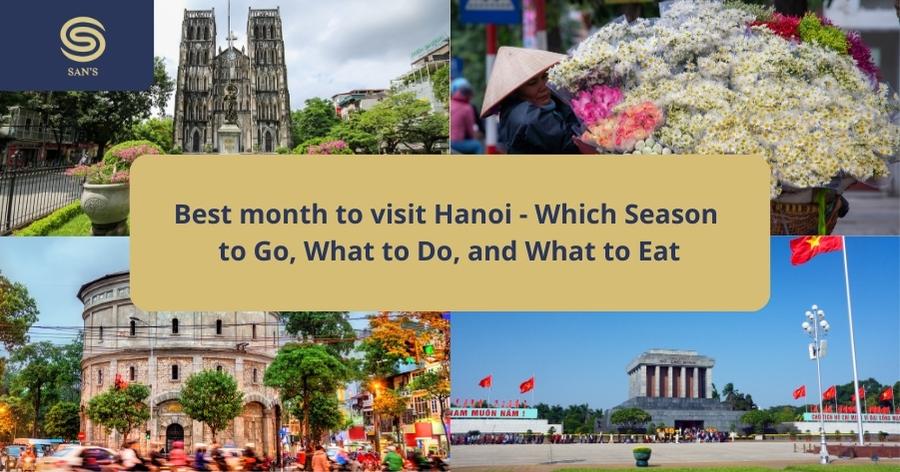In the tapestry of global wellness and healing practices, massage therapy occupies a revered place, boasting a rich, diverse heritage. Every culture lends its unique touch, an intricate blend of techniques perfected over centuries, weaving a narrative of holistic healing that transcends borders.
Yet, amidst the well-known Swedish, Thai, and Shiatsu massages, there lies a hidden gem awaiting discovery – the traditional Vietnamese massage.
“What is a traditional Vietnamese massage?” you might ask. This ancient practice, enshrouded in mystique, offers a therapeutic journey that intertwines the soul, body, and mind, echoing the whispers of age-old traditions.

It’s an art, a science, and a spiritual journey rolled into one, a symphony of gentle strokes and deep pressures that dance to the timeless rhythms of Vietnam’s rich cultural heritage.
The origins of traditional Vietnamese massage are as intricate as the practice itself. Steeped in history, it has been woven through generations, an intrinsic piece of the Vietnamese cultural tapestry.
Rooted in the ancients’ wisdom, it borrows the elements of spirituality, healing, and harmony, evolving into a practice that transcends mere physical wellness. It’s a holistic experience, drawing from the depths of time-honored traditions, ancient legends, and the enigmatic allure of Vietnam’s scenic, tranquil landscapes.
In the following sections, we’ll embark on a journey of discovery, unraveling the secrets and mystic allure of this hidden gem in the world of therapeutic massages. Hold tight, for an exploration into the serene world of traditional Vietnamese massage awaits, promising not just physical rejuvenation, but a soulful escapade into the depths of a cultural treasure trove, echoing the silent, yet profound narratives of Vietnam’s ancestral legacy.

The History and Origin
The traditional Vietnamese massage, a harmonious blend of tactile pleasure and aromatic bliss, traces its roots back to ancient times. A mosaic of influence and innovation, its history is as rich and colorful as the vibrant culture of Vietnam itself.
A deep dive into its past reveals a fascinating tapestry woven with threads of tradition, foreign influences, and healing arts that have transcended generations.

Vietnamese massage, often known as “Tam Quat”, finds its genesis in the realms of traditional medicine. Like the ancient pagodas that grace the Vietnamese landscape, this massage technique is a testimony to the profound wisdom and healing practices that have flowed through the veins of Vietnamese culture for centuries.
Yet, it is not insular, for it draws inspiration and elements from the broader canvass of Asian healing arts, including Chinese pressure points therapy and certain aspects of the Japanese Shiatsu.
One cannot explore the depths of this practice without stumbling upon the fascinating interplay of indigenous and foreign influences. Vietnam, a country marked by its history of connections and confluences, imbibed the therapeutic arts of neighboring nations, molding and blending them into a unique concoction.
Yet, traditional Vietnamese massage retained its distinct identity, characterized by its focus on stimulating circulation and the deep kneading techniques that differentiate it from its counterparts.
Integral to the narrative of Vietnamese massage are the enchanting stories and legends that have been handed down through generations. One such tale speaks of the village healers who, guided by the whispers of the ancestral spirits, discovered the potent combination of pressure and rhythm, breathing life into the art of Tam Quat.
Every stroke, every touch is imbued with the richness of folklore, echoing the silent songs of the ancestors who once tread the mystical lands of Vietnam.

In this section, we peel back the layers of time to reveal the enigmatic origins of the traditional Vietnamese massage. A dance of hands that’s more than a therapeutic experience; it’s a journey through time, a narrative echoing with the whispers of the ancient souls, and a testimony to Vietnam’s unyielding spirit and rich cultural legacy.
Every touch is a step back in time, a foray into a world where healing and tradition blend into a mesmerizing ballet of holistic wellness.
Techniques and Methods
The allure of a traditional Vietnamese massage lies not just in its history, but profoundly in the intricate techniques and methods that form the soul of this ancient practice. It is an art where each stroke, pressure, and movement is a carefully orchestrated dance of hands, delivering healing, relaxation, and a soulful journey through Vietnam’s ancestral wisdom.
Distinctive techniques mark the essence of this massage. Unlike its global counterparts, a traditional Vietnamese massage boasts a unique amalgamation of kneading, palpating, and skillful manipulations. The choreography of the therapist’s hands is akin to a dance, where rhythms of old and new merge, breathing life into a therapeutic experience that transcends the physical body.

Imagine yourself stepping into a haven of serenity. As you lie down, the journey through a typical session of traditional Vietnamese massage unfolds. It begins with a series of rhythmic strokes, where the therapist’s hands glide effortlessly, awakening the dormant energies within. Each touch is firm yet gentle, a testament to the mastery of technique that defines this ancient practice.
As the session progresses, the deep kneading techniques come to the forefront. Here, the therapist skillfully manipulates the muscles, intertwining pressure and rhythm, unleashing a symphony of relaxation that permeates every cell. It’s a dance of touch, where ancient wisdom and contemporary skill merge, offering a holistic retreat from the mundane to the mystical.
Central to this experience is the role of natural oils and other elements. In the world of traditional Vietnamese massage, these are not mere adjuncts but integral components that elevate the experience. Infused with the essence of indigenous herbs and flora, the oils seep into the skin, their aromatic whispers echoing the tales of Vietnamese landscapes – lush, green, and teeming with life.
Each oil is chosen with precision, a testament to the therapist’s knowledge of the ancient scripts that detail the healing properties of Vietnam’s natural bounty. As the oils meld with the techniques, a holistic experience unfolds, where the body, mind, and soul embark upon a journey through the echoes of time, tradition, and the silent, yet potent narratives of healing.
In the following paragraphs, we shall delve deeper, unraveling each layer, each technique, and the enigmatic dance of oils and touches that define the soulful sojourn offered by a traditional Vietnamese massage.
Every stroke is a story, every aroma a step back in time, unfolding a narrative of wellness that’s as ancient as the Vietnamese hills, as soulful as the silent rivers that grace this land of mystique and tradition.
>>> The Huc Spa
Frequently Asked Questions
Q1: What exactly is a traditional Vietnamese massage?
A: A traditional Vietnamese massage, or “Tam Quat,” is an ancient practice rooted in Vietnamese culture, focusing on balancing the body’s energy, improving circulation, and relieving stress. It involves a combination of kneading, deep pressure, and rhythmic strokes, often infused with the use of natural oils derived from indigenous herbs.
Q2: How does it differ from other popular massages like Thai or Swedish massage?
A: While Thai massage emphasizes stretching and Swedish massage prioritizes relaxation, the traditional Vietnamese massage combines kneading and deep pressure techniques to stimulate circulation and energy flow. It is unique in its incorporation of Vietnam’s rich heritage and the use of aromatic oils.
Q3: Is it suitable for people with certain health conditions, like back pain or arthritis?
A: While many find relief from various ailments through this massage, it’s always recommended to consult with a healthcare professional before scheduling a session, especially for individuals with specific health concerns or conditions.
Q4: What should I expect during a typical session?
A: Expect a combination of rhythmic strokes, deep kneading, and the application of aromatic oils. The therapist will focus on balancing energy and improving circulation, offering both relaxation and revitalization. It’s a holistic experience that engages the body, mind, and soul.
Q5: How long does a session last and what is the recommended frequency?
A: A typical session lasts for about 60-90 minutes. The frequency can vary depending on individual needs and preferences. Some opt for a weekly session, while others find a monthly massage sufficient for maintaining wellness.
Q6: Is there any preparation needed before receiving a traditional Vietnamese massage?
A: It’s advised to wear comfortable clothing and avoid eating a heavy meal right before the session. Arriving a few minutes early can also enhance the relaxation experience.
Q7: Can I try it if I’ve never had any type of massage before?
A: Absolutely, traditional Vietnamese massage is suitable for both novices and experienced massage enthusiasts. Just ensure to communicate your comfort levels and any specific needs to the therapist.
Q8: Are there any side effects or after-effects of the massage?
A: Most people experience a sense of relaxation and energy rejuvenation. Temporary soreness can occur due to the deep pressure techniques, but it typically subsides within a day or two.





